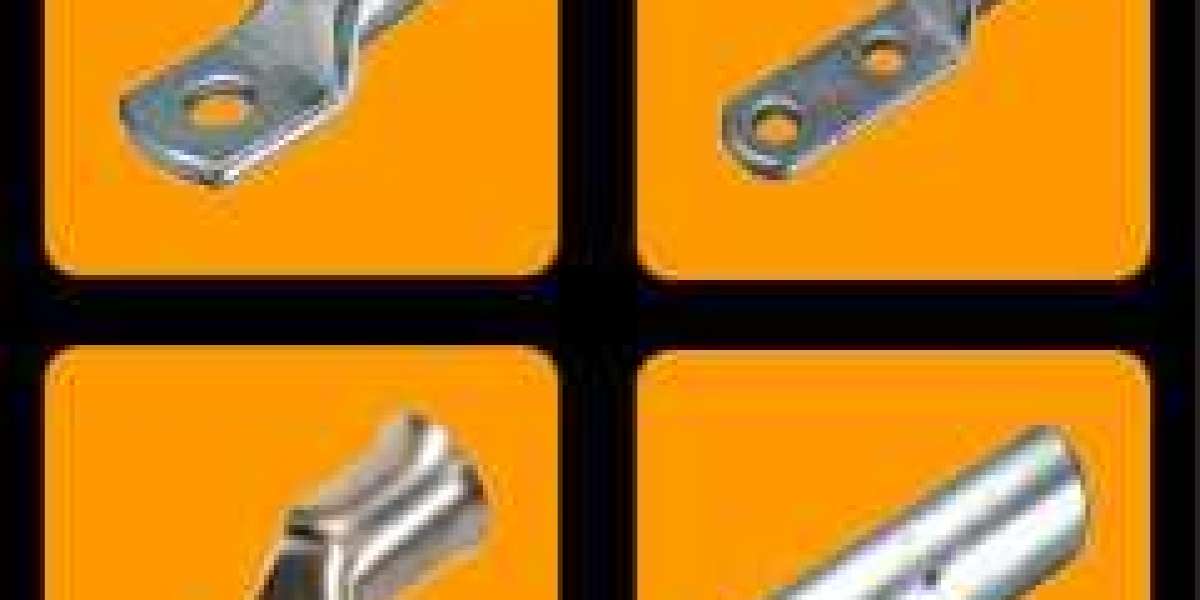Copper bonded earthing rods are essential for reliable grounding in electrical systems, ensuring safety and protection in various environments. Selecting the right copper bonded earthing rod can make a significant difference in the longevity, performance, and effectiveness of your grounding system. This blog explores the critical factors to consider when choosing copper bonded earthing rods, from rod material and coating thickness to installation environment and compliance standards.
Understanding the Importance of Copper Bonded Earthing Rods
Copper bonded earthing rods are designed to provide long-lasting, low-resistance paths to the earth, protecting electrical systems from faults, surges, and lightning. The copper layer bonded to a steel core combines excellent conductivity with durability, allowing for a robust grounding solution suitable for various industrial, commercial, and residential applications. By carefully considering the specific requirements of your installation, you can ensure the effectiveness and longevity of your grounding system.
Key Factors to Consider When Choosing Copper Bonded Earthing Rods
Copper Coating Thickness
The thickness of the copper coating plays a crucial role in the rod’s durability and corrosion resistance. Typically measured in microns, a thicker coating provides better protection against corrosion, especially in highly conductive soils. For most applications, a coating thickness of 250 microns is standard, but areas with aggressive soil conditions may require an even thicker copper layer for enhanced longevity.Rod Length and Diameter
Selecting the correct length and diameter is essential for achieving a low-resistance path to the earth. Longer rods penetrate deeper into the ground, reaching soil layers with higher moisture content, which is beneficial for conductivity. In areas with dry or rocky soil, a longer rod (up to 10 feet or more) can enhance grounding effectiveness. For high-conductivity needs, rods with a larger diameter (typically 16-20 mm) provide better performance.Type of Soil and Environmental Conditions
The soil resistivity at the installation site significantly impacts the effectiveness of copper bonded earthing rods. Moist and conductive soils, such as clay or loam, enhance grounding, while rocky or sandy soils require special considerations, including longer rods or additional grounding enhancements. For highly corrosive environments, copper bonded rods offer superior protection compared to galvanized options, reducing maintenance and replacement costs over time.Connection and Compatibility with Other Grounding Components
Copper bonded earthing rods must connect seamlessly with other grounding components, like conductors and clamps, to maintain system efficiency. Choosing rods with compatible fittings or connectors ensures a secure, corrosion-resistant bond. When grounding involves multiple rods, connectors that enable easy expansion or secure bonding between rods help achieve desired grounding resistance.Corrosion Resistance and Expected Longevity
Copper bonded earthing rods are preferred over galvanized steel for their superior corrosion resistance. In highly corrosive environments, such as coastal areas or regions with acidic soil, the copper layer provides additional protection, extending the life of the grounding system. However, ensuring the copper coating is uniform and free from impurities further improves resistance to environmental degradation, reducing the need for frequent replacements.Compliance with Industry Standards
Ensuring your earthing rods meet relevant industry standards is essential for safety and reliability. Look for compliance with standards like IEC 62561-2 and UL 467, which address the quality and performance of grounding components. Using rods that meet these standards not only ensures compatibility with professional installations but also provides assurance that they’ve been tested for durability, conductivity, and corrosion resistance.Cost and Budget Considerations
While copper bonded earthing rods can be more expensive than galvanized steel rods, their durability and performance often justify the cost, especially in critical installations. Weighing upfront costs against long-term benefits like reduced maintenance and replacement frequency can help you make a more informed decision. For projects with budget constraints, opting for rods with a suitable thickness and appropriate length and diameter can ensure reliable performance within budget.Ease of Installation and Handling
Choosing copper bonded earthing rods that are easy to install and compatible with available tools can streamline the installation process, reducing labor costs and time. For instance, rods with threaded ends or splicing options facilitate faster installations in multi-rod configurations, helping to achieve desired resistance levels more efficiently. Additionally, rods with a balanced weight-to-durability ratio are easier to transport and handle on-site.
Comparing Copper Bonded Earthing Rods to Alternative Options
While copper bonded earthing rods offer excellent conductivity and corrosion resistance, it’s useful to consider how they stack up against other options:
- Copper vs. Galvanized Steel Rods: Galvanized rods are more economical but offer limited corrosion resistance compared to copper. They may be suitable for non-corrosive environments, but in highly conductive soils, copper bonded rods are a better investment for durability and performance.
- Solid Copper vs. Copper Bonded Rods: Solid copper rods provide exceptional conductivity and corrosion resistance but are more costly and may not be necessary for all applications. Copper bonded rods provide a balanced solution with a steel core for strength and a copper layer for conductivity, making them suitable for most applications without the higher cost of solid copper.
Practical Tips for Installing Copper Bonded Earthing Rods
Pre-Installation Soil Testing
Conduct a soil resistivity test before installation to determine the optimal rod length and diameter for the site’s conditions. This test helps you identify the number of rods required to achieve desired resistance levels, particularly in areas with high soil resistivity.Ensure Proper Depth for Optimal Grounding
To improve grounding effectiveness, drive the rods deep enough to reach moisture-rich soil layers. If using multiple rods, space them apart at distances equal to twice their length to minimize resistance and enhance system efficiency.Use the Right Installation Tools
Installing copper bonded earthing rods requires specific tools, like hammer drills or power drivers, depending on soil conditions. Using proper tools minimizes physical damage to the copper coating during installation, preserving the rod’s corrosion resistance.Verify Connections and Test Resistance
After installation, test the grounding system’s resistance to ensure it meets safety requirements. Regular testing, especially in high-risk environments, is essential to maintain the effectiveness of the grounding system over time.
Applications of Copper Bonded Earthing Rods
Copper bonded earthing rods are versatile and used across various applications:
- Industrial Facilities: For grounding heavy machinery and sensitive equipment, copper bonded rods provide reliable protection against faults and surges.
- Telecommunication Towers: Copper’s excellent conductivity helps protect against lightning and electrical faults, which is crucial in communication infrastructure.
- Renewable Energy Systems: Solar and wind installations rely on copper bonded rods to ensure stable grounding in both off-grid and grid-connected setups.
- Residential and Commercial Buildings: Copper bonded rods are commonly used for grounding panels and electrical systems, ensuring safety in residential and commercial properties.
Conclusion
Choosing the right copper bonded earthing rods involves evaluating factors like coating thickness, length, diameter, and environmental compatibility to ensure a durable and effective grounding solution. These rods play a critical role in maintaining electrical safety by providing a low-resistance path to the earth and protecting systems from surges and faults. By understanding and selecting the appropriate specifications, you can enhance grounding performance, extend system longevity, and ensure a safer installation tailored to the unique demands of your project.








